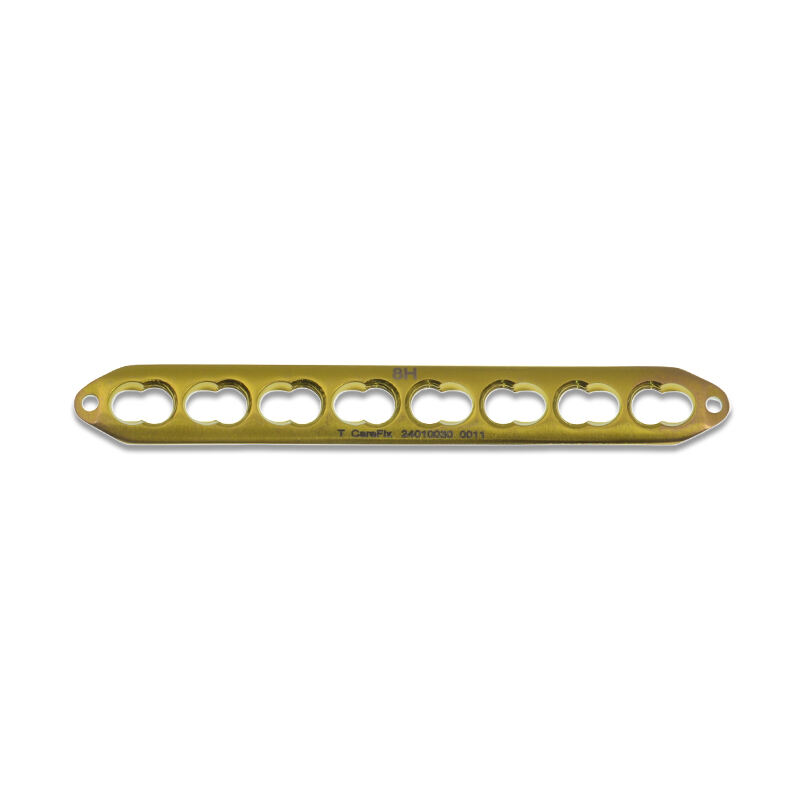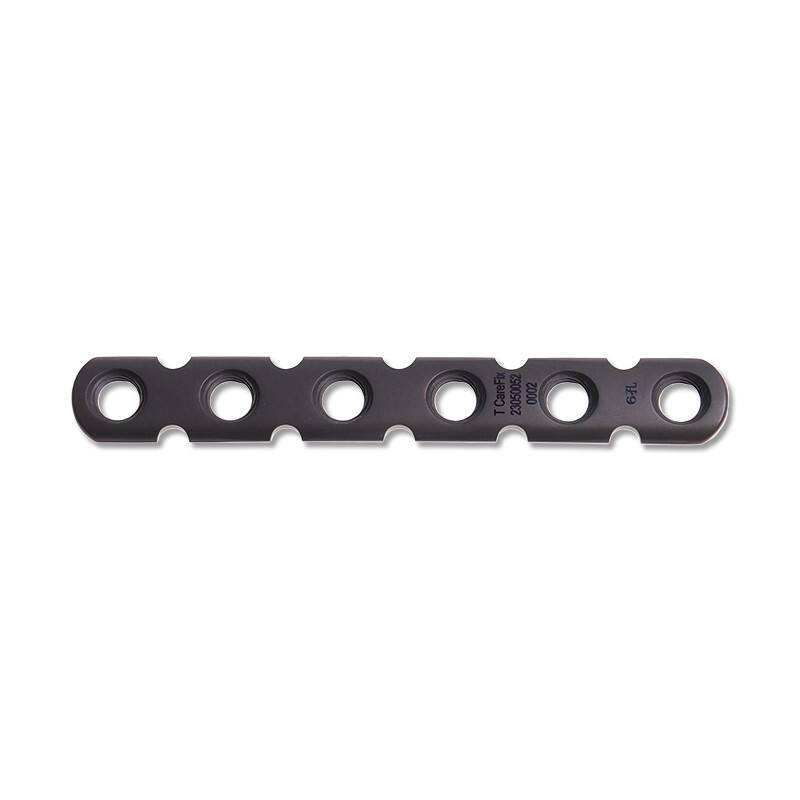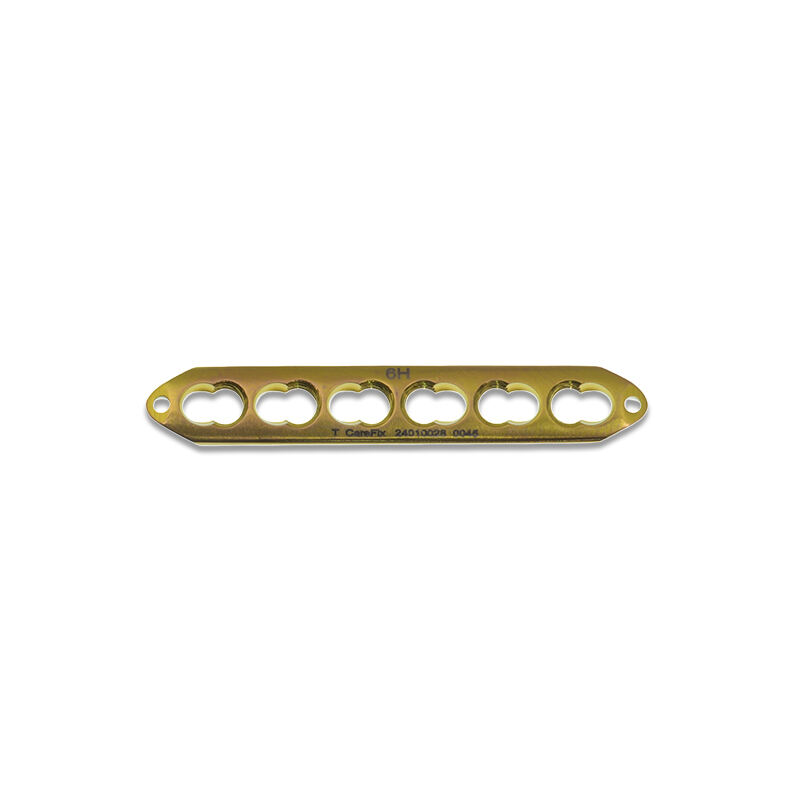locking reconstruction plate
A locking reconstruction plate represents a significant advancement in orthopedic surgery and traumatology, serving as a crucial fixation device for complex fractures and reconstructive procedures. This innovative medical device consists of a sturdy metallic plate with precisely engineered threaded holes that accept specialized locking screws. The plate's design allows for superior stability through a unique locking mechanism where the screw heads thread directly into the plate, creating a unified construct that distributes force evenly across the fixation. This system maintains fracture reduction while promoting optimal healing conditions. The plates are typically manufactured from high-grade titanium or stainless steel, offering exceptional biocompatibility and strength. They come in various lengths and configurations to accommodate different anatomical requirements and fracture patterns. The locking mechanism significantly reduces the risk of screw loosening and construct failure, particularly important in patients with poor bone quality. These plates find extensive application in treating complex fractures, particularly in load-bearing bones, reconstruction following tumor resection, and corrective osteotomies. The system's versatility allows surgeons to address both simple and complex cases with enhanced precision and reliability.


